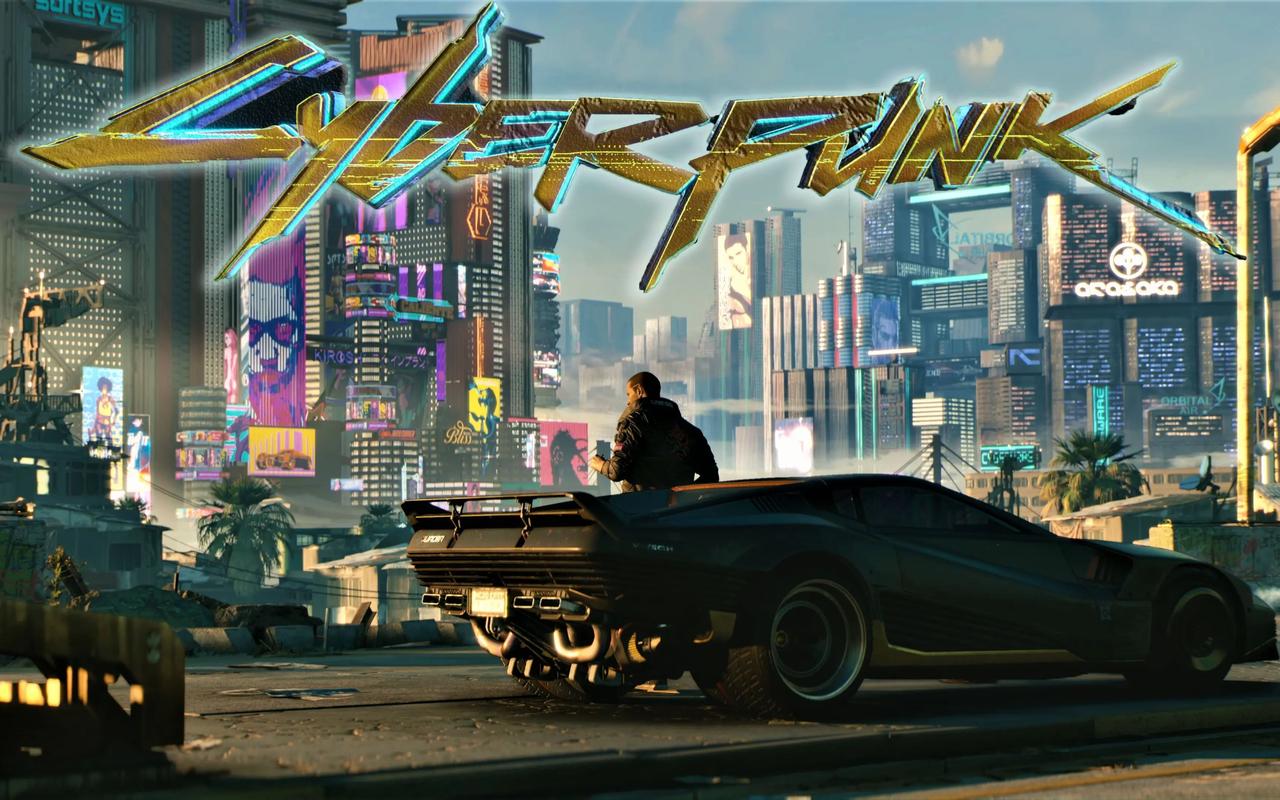Nioh Collection Score: A Soulslike Action Compilation Worth Mastering
Introduction
The Nioh Collection brings together Nioh (2017) and Nioh 2 (2020), two of the most challenging and rewarding action RPGs inspired by the Soulsborne genre. Developed by Team Ninja, these games blend punishing combat, deep customization, and a historical-fantasy setting to create a unique experience that stands apart from Dark Souls while paying homage to its mechanics.
This compilation not only includes both base games but also all DLC expansions, offering hundreds of hours of brutal yet satisfying gameplay. But how does Nioh Collection fare as a Soulslike compilation? Does it refine the formula or merely replicate it? This review delves into the combat, world-building, replayability, and overall value of this hardcore action RPG package.
Combat: A Dance of Blades and Ki
At its core, Nioh’s combat is faster and more technical than most Soulslike games. While Dark Souls emphasizes deliberate, weighty strikes, Nioh introduces a stamina system called Ki, which governs attacks, dodges, and blocks. Mastering Ki Pulse—a mechanic that lets players recover stamina by timing a button press after an attack—is essential for survival.
Stance-Based Fighting
One of Nioh’s defining features is its three combat stances:
- High Stance – Slow but powerful strikes, ideal for breaking enemy guards.
- Mid Stance – Balanced offense and defense, great for parrying.
- Low Stance – Fast, evasive attacks with reduced damage.
Switching stances mid-combat adds a layer of strategy absent in many Soulslikes. Players must adapt their approach depending on enemy types, making battles feel dynamic rather than repetitive.
Weapon Variety & Skill Trees
Unlike Dark Souls, where weapons mostly differ in movesets, Nioh offers an extensive skill tree for each weapon type—katanas, spears, axes, dual swords, and more. This allows for deep customization, letting players tailor their playstyle rather than being locked into a single archetype.
Yokai Abilities & Burst Counters
Nioh 2 further evolves combat with Yokai Shift—a transformation mechanic—and Burst Counters, which allow players to interrupt powerful enemy attacks. These additions make fights even more intense, rewarding precise timing and aggression.
World-Building: Feudal Japan Meets Dark Fantasy
While Dark Souls thrives on cryptic lore and environmental storytelling, Nioh takes a different approach. It blends real historical figures (like William Adams in Nioh and Hide in Nioh 2) with supernatural elements, creating a world where samurai clash with demons (yokai).
Mission-Based Structure
Unlike the interconnected worlds of Souls games, Nioh uses a mission-select system. Some players may miss the seamless exploration, but this design allows for tighter, more replayable levels. Each mission often culminates in a brutal boss fight, testing everything the player has learned.
Loot & RPG Systems
Nioh incorporates a Diablo-style loot system, with randomized weapon and armor drops. While this adds replay value, it can also feel overwhelming compared to Souls’ more curated equipment selection. However, min-maxing gear becomes a key part of endgame builds, especially in the Abyss (a post-game dungeon).

Difficulty: Hard but Fair?
Nioh is punishing—sometimes more so than Dark Souls. Enemies hit hard, ambushes are frequent, and bosses demand near-perfect execution. Yet, unlike Souls, where difficulty often stems from limited healing, Nioh provides tools to overcome challenges:
- Living Weapon (Nioh 1) / Yokai Shift (Nioh 2) – Temporary super modes that turn the tide.
- Ninjutsu & Onmyo Magic – Ranged attacks, buffs, and debuffs to supplement melee combat.
- Co-op Play – Unlike Souls’ summoning system, Nioh allows full co-op runs, making it more accessible.
That said, newcomers may find the learning curve steep. The first few hours can feel brutal, but mastery is deeply rewarding.
Replayability & Post-Game Content
Where Nioh Collection truly shines is in its longevity. Both games feature:
- New Game+ Cycles – With increased difficulty and better loot (Way of the Samurai, Way of the Strong, etc.).
- The Abyss / Underworld – Endless dungeon modes with escalating challenges.
- Build Variety – Experimenting with different weapons, armor sets, and magic keeps gameplay fresh.
Nioh 2 in particular refines these systems, offering even more depth in character customization and endgame activities.
Final Verdict: A Must-Play for Soulslike Fans
The Nioh Collection is more than just a Soulslike—it’s a masterclass in action RPG design. While it borrows elements from Dark Souls, its stance-based combat, loot system, and mission structure carve out a distinct identity.
Pros:
✔ Deep, technical combat with stance switching and Ki management.
✔ Tons of weapons, skills, and builds to experiment with.
✔ Massive amount of content (base games + DLCs + endgame modes).
✔ Excellent co-op integration.
Cons:
❌ Steep learning curve may deter casual players.
❌ Loot system can feel bloated compared to Souls.
❌ Mission-based structure lacks the seamless world of Dark Souls.
Score: 9/10
If you love challenging action RPGs, the Nioh Collection is an essential play. It doesn’t just mimic Souls—it evolves the formula into something faster, deeper, and uniquely its own.
Final Thoughts:
Team Ninja has crafted one of the finest Soulslike compilations ever made. Whether you're a veteran looking for a new challenge or a newcomer willing to endure the grind, Nioh Collection delivers an unforgettable samurai-dark fantasy experience.
Would you brave the demon-infested battlefields of feudal Japan? The blades are sharp, the yokai are relentless, and glory awaits those who persevere.















